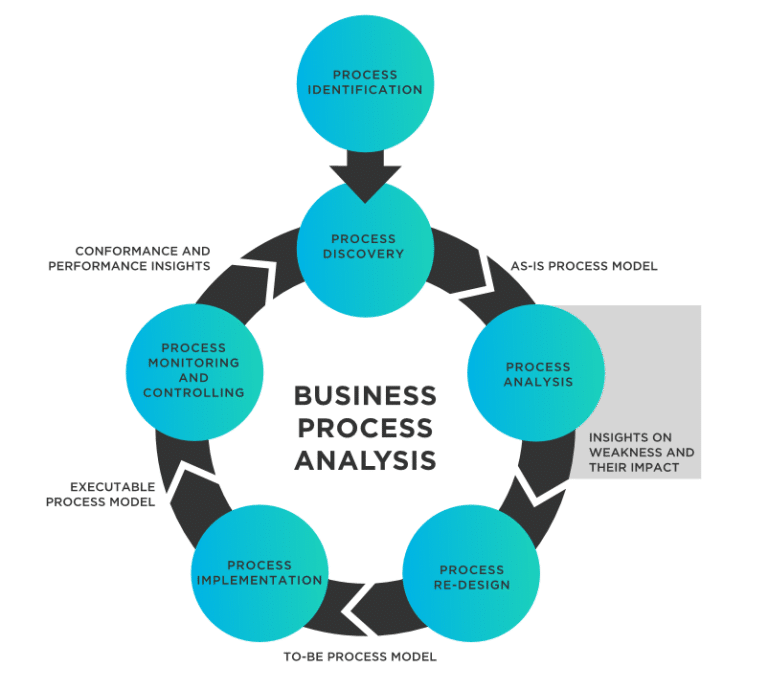Analyze your business today and map the path to tomorrow.
In this course, you’ll learn to model business processes as they are currently enacted, assess the quality of those business processes, and identify improvements.
The course begins by highlighting the characteristics of a quality process and the role of the business analyst in process analysis. You will learn how to identify business processes that could become more streamlined. Discover how to select the elicitation technique that is best suited to your stakeholders and how to prepare for and hold elicitation sessions. Using several different modeling techniques, you’ll explore different facets of the business process, identify the most effective improvements to the process, and clearly define the future process state. Once a new process is defined, you’ll learn how to present your analysis work to management and hold a successful project retrospective.
Provided by:
- Global Knowledge Delivered Course


